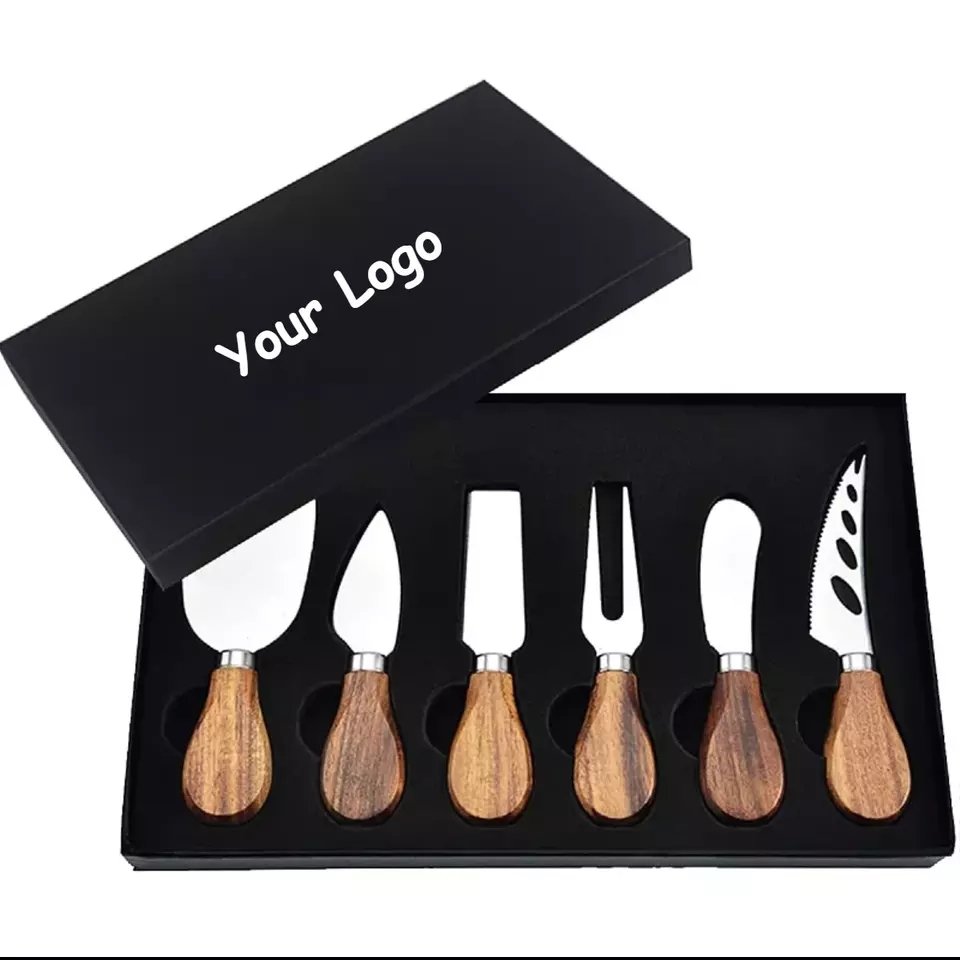Do all restaurants use plastic silverware? The type of cutlery used in restaurants greatly affects the dining experience. While plastic cutlery is convenient, it’s not the standard in all restaurants, as many establishments opt for more traditional or eco-friendly options.
Most restaurants use plastic cutlery because of its convenience and cost-effectiveness, especially in fast food or takeout settings. However, not all establishments prefer plastic—many fine dining restaurants use metal cutlery to elevate the dining experience.
Keep reading to explore why different types of restaurants choose specific cutlery and how this decision impacts the overall customer experience.
Table of Contents
Why do many restaurants use plastic silverware?
Plastic silverware is widely used in many restaurants, particularly fast food and takeout, due to its affordability and convenience. For quick-service environments, it offers a practical solution for both customers and restaurant staff.
Plastic cutlery is cost-effective, lightweight, and disposable, making it ideal for high-turnover environments like fast food and self-service restaurants. It also minimizes cleaning requirements, making it a popular choice in settings where efficiency is key.
The decision to use plastic silverware often depends on the restaurant’s operational model. For restaurants that prioritize high volume and fast service, plastic cutlery helps speed up turnover and reduce cleaning time. Additionally, plastic is a one-time use item, which suits many businesses focused on efficiency.

What kind of silverware do restaurants use?
Restaurants choose silverware based on their brand, clientele, and the type of dining experience they want to provide. Fine dining establishments generally opt for metal or stainless-steel silverware, while more casual or fast-food venues lean towards plastic or disposable alternatives.
Restaurants use a range of cutlery, including plastic, metal, stainless steel, and even bamboo-based options. The type of silverware used typically reflects the restaurant’s style, cost considerations, and target market.
High-end restaurants often prioritize silverware that enhances the dining experience, opting for polished metal or stainless-steel pieces that exude luxury. On the other hand, fast-food outlets and casual dining establishments may prefer plastic due to cost and convenience. Furthermore, eco-conscious restaurants may turn to bamboo or other sustainable options.
Does McDonald's have plastic silverware?
Does McDonald’s use plastic silverware? As a fast-food chain, McDonald’s typically opts for plastic cutlery in its restaurants, helping maintain efficiency and minimize costs.
McDonald’s primarily uses plastic cutlery to keep costs low and provide quick service. The use of disposable plastic also helps maintain cleanliness and speed in high-traffic locations.
Fast food chains like McDonald’s rely on plastic silverware due to its low cost and disposability. Since McDonald’s serves a large number of customers each day, using plastic allows the restaurant to minimize cleaning times and reduce operational costs. This approach also supports the chain’s take-out model, where quick and efficient service is paramount.

Why should we not use plastic cutlery?
The environmental impact of plastic cutlery is a growing concern. Many people are calling for the reduction of plastic use due to its negative effects on the environment.
Plastic cutlery is non-biodegradable and can contribute to pollution, as it often ends up in landfills or oceans. As awareness grows, more restaurants are shifting toward eco-friendly alternatives such as bamboo or metal cutlery.
Beyond its environmental impact, plastic cutlery also poses health risks. Certain low-quality plastics can release harmful chemicals when exposed to high heat or acidic foods. As a result, many consumers are opting for reusable, sustainable alternatives, prompting a shift toward greener dining practices in the restaurant industry.
Do Chinese restaurants have forks?
Do Chinese restaurants offer forks? Although forks are not traditionally used in Chinese cuisine, many restaurants are now providing them to cater to international customers or to accommodate guests who are unfamiliar with chopsticks.
While Chinese restaurants predominantly use chopsticks for eating, forks are often available for non-Asian diners or those who prefer them. In large cities or tourist areas, offering forks can help create a more inclusive dining experience.
In traditional Chinese dining, chopsticks are the main utensil, but many restaurants in cosmopolitan areas offer forks as an alternative. This is especially common in Chinese restaurants catering to international tourists or those seeking to accommodate diverse dining preferences.
Are plastic utensils banned?
With increasing environmental awareness, are plastic utensils being banned? Several regions around the world are taking steps to reduce plastic waste, including banning single-use plastic cutlery in the food service industry.
In response to growing environmental concerns, many places are implementing bans on plastic utensils, particularly in restaurants. These bans aim to reduce plastic pollution and encourage the use of biodegradable or reusable alternatives.
Countries and regions are tightening regulations surrounding the use of plastic utensils. For example, the European Union and several U.S. states have enacted laws that limit or prohibit the use of single-use plastics. These actions are part of a broader movement to reduce plastic waste and promote more sustainable practices in the food industry.
How dirty is restaurant silverware?
How clean is the silverware in restaurants? Despite stringent cleaning processes, restaurant silverware can still harbor bacteria. Understanding the hygiene practices used in restaurants can help diners make informed decisions.
Restaurant silverware undergoes strict cleaning procedures, including high-temperature dishwashing, to ensure it is safe for use. However, restaurant-goers should be mindful of the cleanliness of their silverware as improper handling can sometimes lead to contamination.
While most restaurants maintain high hygiene standards, silverware can still carry germs if it is not properly cleaned or stored. It’s essential for restaurants to follow established guidelines for sanitizing utensils to ensure guest safety. Customers who are concerned can request a new set of silverware if they have doubts about its cleanliness.
What is the difference between flatware and silverware?
What sets flatware apart from silverware? While the two terms are often used interchangeably, there are distinct differences based on material and design.
“Flatware” refers to all utensils such as knives, forks, and spoons while “silverware” specifically refers to utensils made from silver or silver-plated materials. In modern usage, “silverware” is often used to describe high-quality cutlery regardless of the material.
The term “silverware” historically referred to utensils made from sterling silver but today it can apply to any high-end cutlery regardless of material. “Flatware” is a more general term encompassing all types of utensils used at the dining table regardless of composition. The primary difference is that silverware typically has a luxurious connotation while flatware is simply functional.
What type of utensils do chefs use?
What utensils do professional chefs use in their kitchens? Chefs require specialized tools for both preparation and serving which differ greatly from the standard silverware used in dining establishments.
Chefs typically use high-quality durable kitchen utensils designed for efficiency and precision. These include specialized knives tongs spatulas and other tools that aid in food preparation and cooking.
Chefs use a variety of utensils crafted from high-grade materials like stainless steel carbon steel and ceramic. Unlike regular silverware these tools are designed to withstand heavy usage in the kitchen. For example chef’s knives are built for sharpness and longevity ensuring they can handle the demands of professional cooking.





